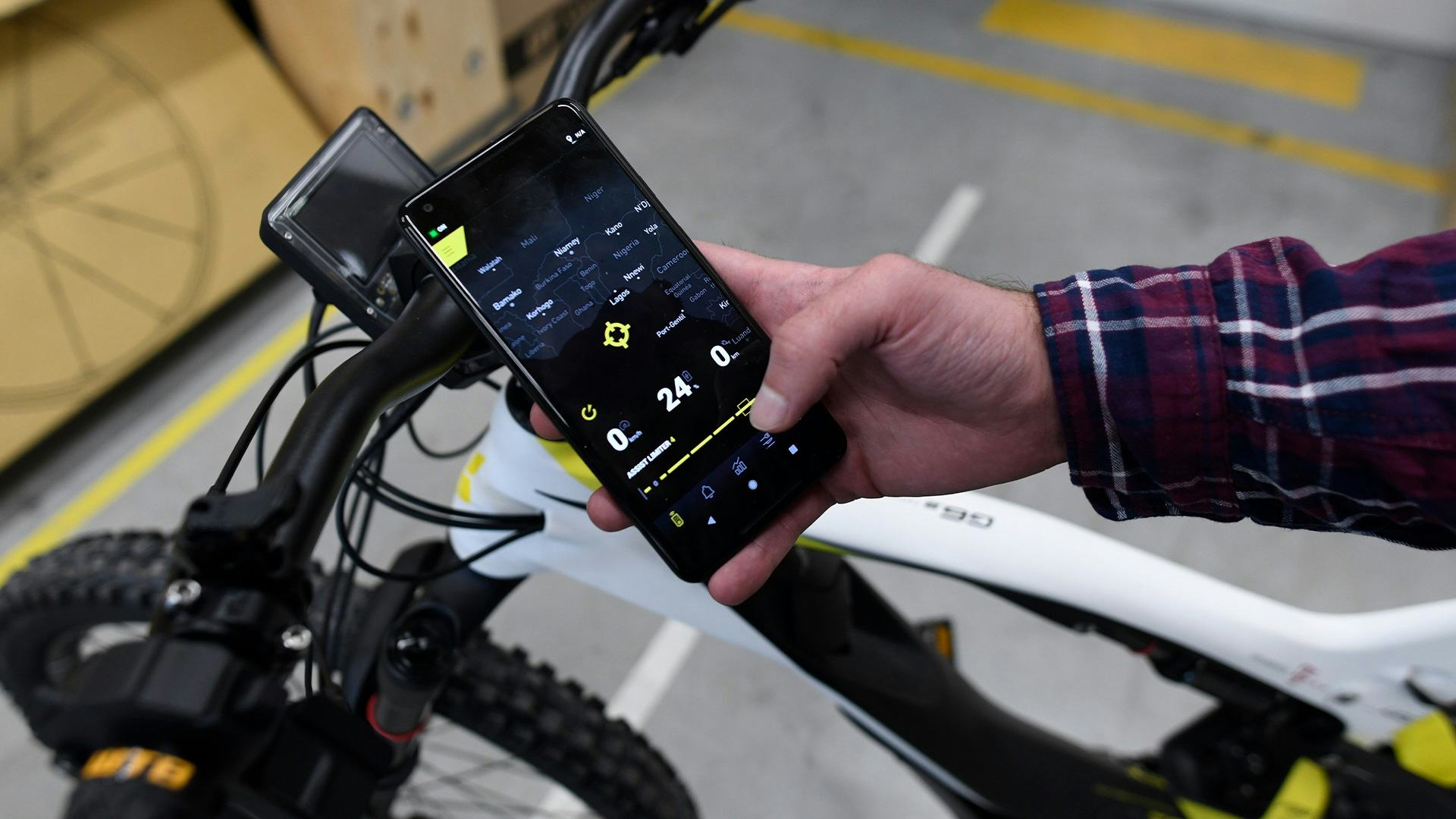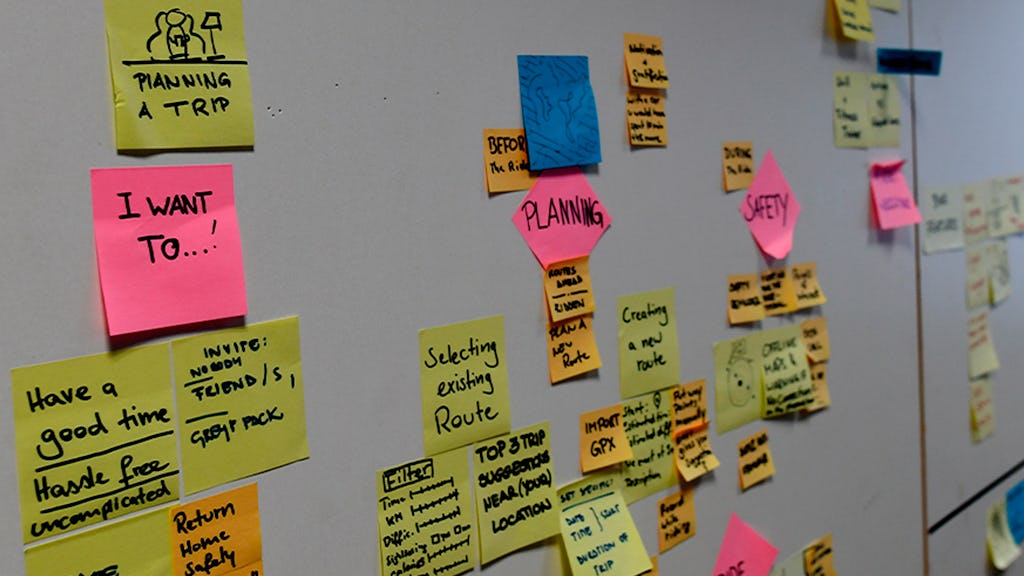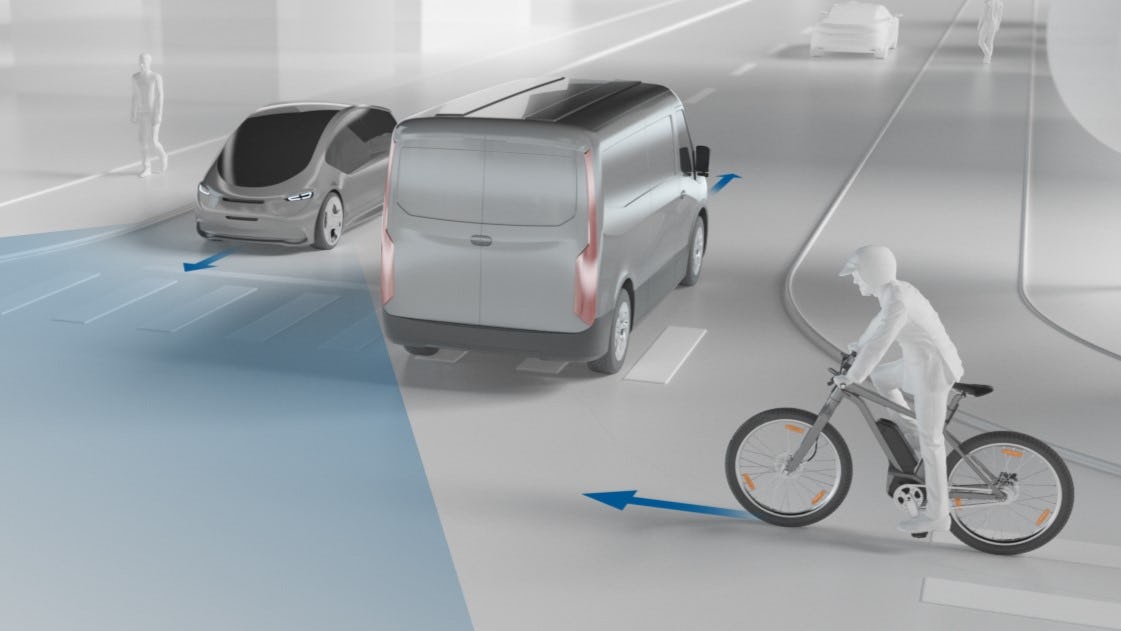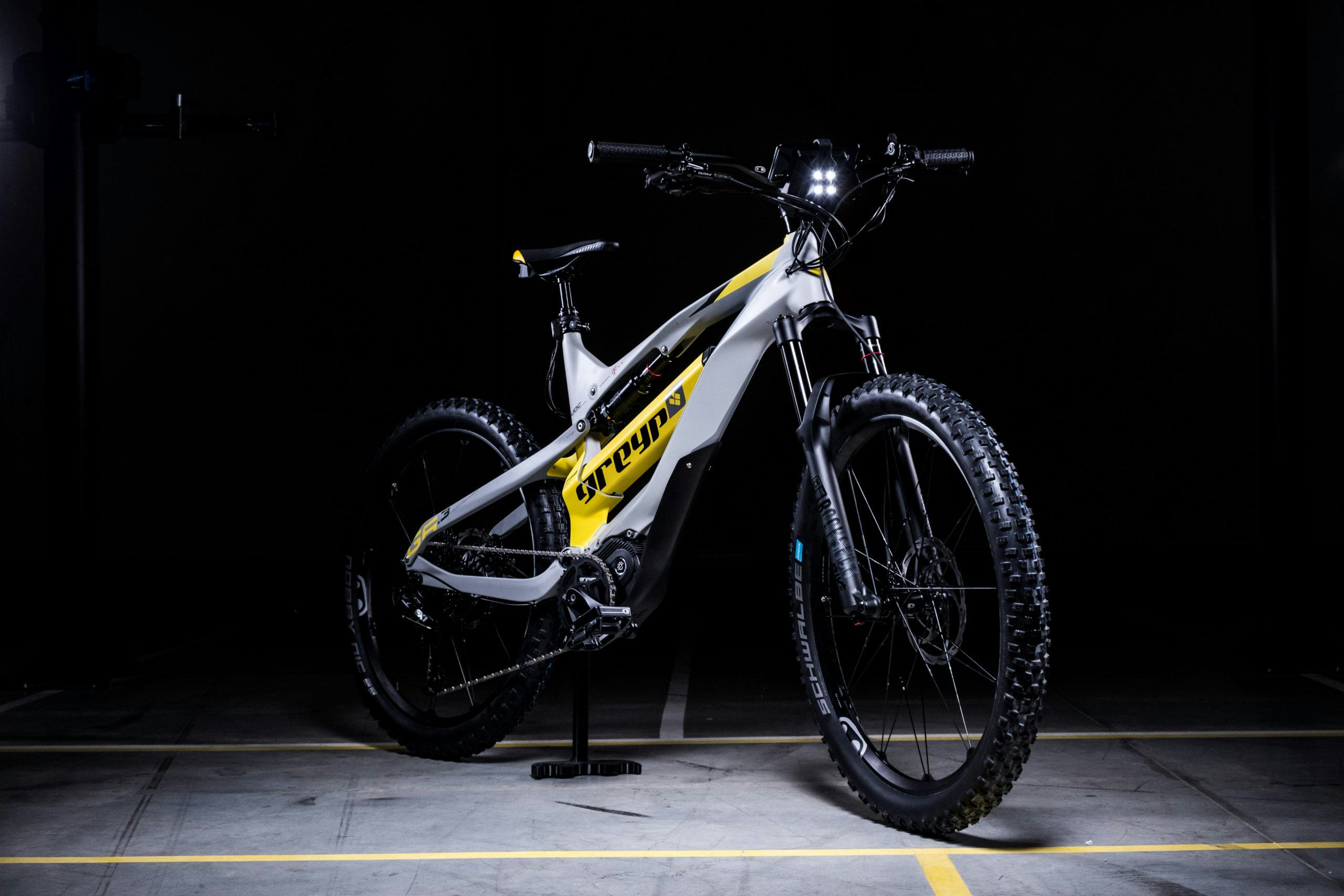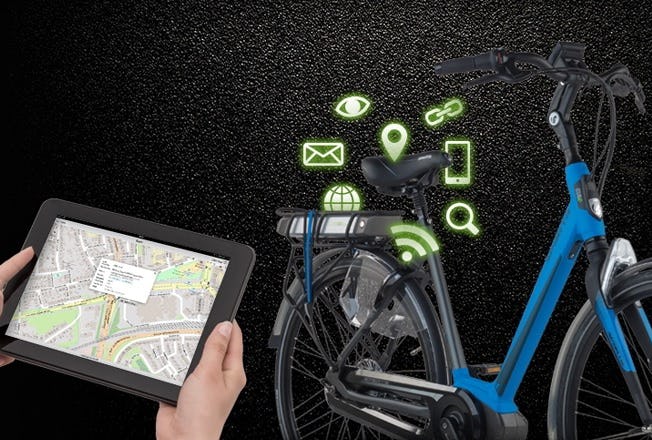As a company that prides itself on creating the world’s first connected e-bike platform, Greyp has always been about pushing boundaries when it comes to combining micromobility with connectivity. Currently, there is no other platform that can offer a similar experience, be it connectivity, gaming, competition, fitness tracking, or advanced sensors.
This is a huge advantage in a fast-growing $27.3 billion (€22.5 billion) market and Greyp is creating connected e-bike platforms for OEMs to integrate connectivity and the benefits it brings, with bikes. Currently, even though sales have spiked due to the COVID-19 pandemic, the e-bike industry still features limited connectivity, no sophisticated OS, no progress tracking, and no sensors – features are mostly limited to anti-theft systems, and the market has yet to tackle connectivity to enhance user experience based on data collected from the vehicle and the rider.
Industry trends
Several trends are noticeable when it comes to consumer behaviour in 2020:
- The e-bike market is one of only a few sectors benefiting from the COVID-19 pandemic, currently experiencing rapid growth and adoption worldwide
- The oldest form of micromobility - traditional bikes are currently benefitting from shifting consumer behaviour due to environmental concerns and lifestyle changes with a 4.1% CAGR
But Greyp is further exploring the following trends, and is gaining a significant advantage on the market while doing so:
- The mobile gaming sector accounts for 33% of all mobile app downloads, 74% of all in-app spending, and 10% of total time spent on apps
- There is also digital fitness as consumers increasingly want to track workout metrics to gauge progress
- Finally, there is IoT, as the number of IoT-connected devices is projected to increase to 43 billion globally by 2023.
Benchmarking two-wheeled connectivity
Greyp set the benchmark for smart and connected e-bikes in 2019 with the launch of their G6 models. The Greyp core is a composition of multiple sensors on the bike and rider, fused with data online. The emphasis is on the electric drivetrain, even in design. The bikes also feature a proprietary high-density battery pack with its own BMS (Battery Management System), integrated cameras (front & rear), a high processing power VCU as well as a proprietary version of a Linux operating system. The constant connectivity is based on eSIM technology in partnership with HT (Croatian Telekom) which enables the usage of mobile phones as a primary HMI (Human-Machine Interface) and a medium for over-the-air updates.
This makes the e-bikes unique because they offer an advanced user experience originating from using different sensory outputs, with a wireless rider-bike-net-infrastructure interaction. The final experience is a fusion of data gathered online with a unique design language, a high battery range, gaming possibilities, video and photo creation, and a system that is always updated.
IoT generation
The number of IoT-connected devices is projected to increase to 43 billion by 2023, almost a threefold increase compared to 2018, which gives Greyp a massive head start on the e-bike market. The workload that Greyp offers reduces the strenuous years of R&D required for an entire OS and hardware platform. Additionally, OEMs can unlock new revenue streams by monetising users on the platform while gaining greater insights into user behaviour. As for the large amounts of data that need to be processed, Greyp relies on GPS, cellular connectivity, and a Linux-based OS to speed up the process. The result is e-bikes that can interact with other bikes and infrastructure to make decisions of their own.
So how does it work?
This process is basically the development of a complete smart IoT e-bike solution and ecosystem with both software and hardware for e-bike OEMs.
First, Greyp creates hardware that runs on its proprietary OS and enables access to the accompanying Greyp ecosystem. These devices are designed to be compatible with major existing e-bike drivetrains, and smartphones are used as the primary HMI (Human-Machine Interface).
The crucial information in this entire process is that all B2B products are white-labelled but use the same core technology and cloud service to achieve synergies, create a large connected community, and finally, secure recurring revenues.
Business model positioned for growth
Connected micromobility is the future, whether we are talking about connected e-bikes or connected e-bike platforms with complete smart IoT solutions and ecosystems with both software and hardware for e-bike OEMs. IoT has brought huge growth in every sector, and with more and more people adopting the technology, usage is sure to grow. For anyone looking to tackle these new developments, Greyp offers a solid partnership that can develop and produce the perfect software and hardware portfolio through its own R&D and take the industry further into the future.
The Cyklær project
Recently, Greyp collaborated with Storck Bicycles, Porsche Digital, and Fazua in an ambitious project that resulted in a fusion of digital technologies, high-end bicycle construction, and modern design in a new bicycle category.
The focus is on the customer, who is given a large say in this project and should influence various properties and functions. These models will feature a completely networked, digital ecosystem around it, which brings comprehensive digital functionality that will be continuously expanded in the future. For this purpose, Greyp has developed the software for these e-bikes, so it's not surprising that the Storck Cyklær is also equipped with front and rear cameras, which can be used as a digital rearview mirror. The newly developed model offers many options, such as recording trips, taking pictures while riding, and sharing them through different channels.
This article was sponsored by Greyp.

